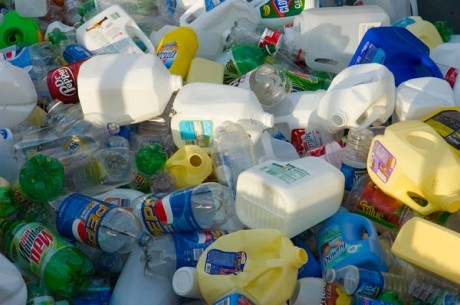The basics of plastic recycling

Why can't disposed plastics be melted together and then separated? The reason is a matter of both physics and economics. When any of the seven common types of plastic resins are melted together, they tend to separate and then set in layers. The resulting blended plastic is structurally weak and difficult to manipulate. While the layered plastic could in theory be melted again and separated into its constituent resins, the energy required makes the process cost prohibitive.
So recycling facilities sort plastics first, then melt them with others of the same resin. The recycling numbers on plastic items make for quicker sorting. The process is generally worthwhile, because plastic recycling can be profitable.
Also, recycling the same plastics allows the reclaimed polymer to be used to create new items.
Environmental professionals point out that recycling plastic items does not negate the environmental damage done when the resource is extracted or when the product is manufactured. According to EcoCycle, over the past 50 years, use of disposable packaging — especially plastic — has increased by more than 10,000 percent.
An item of metal, glass or wood can be re-used or recycled more efficiently than plastic. Wood products and other items crafted out of plant material can be composted along with yard waste and food scraps.
Source: EarthTalk, written and edited by Roddy Scheer and Doug Moss, is a registered trademark of E - The Environmental Magazine (www.emagazine.com). Send questions to: earthtalk@emagazine.com. Subscribe: www.emagazine.com/subscribe. Free trial issue: www.emagazine.com/trial.
-
Share this story:


